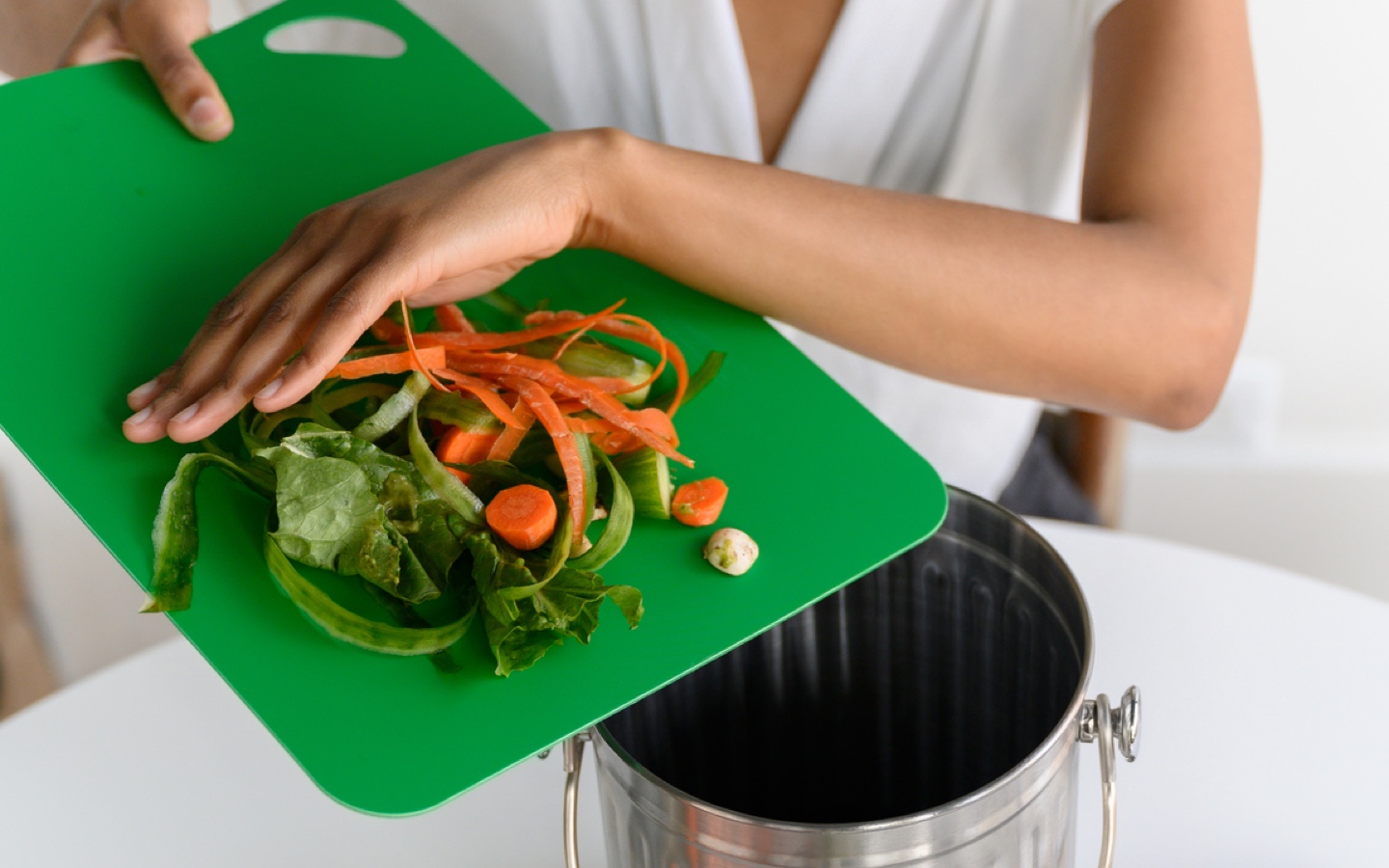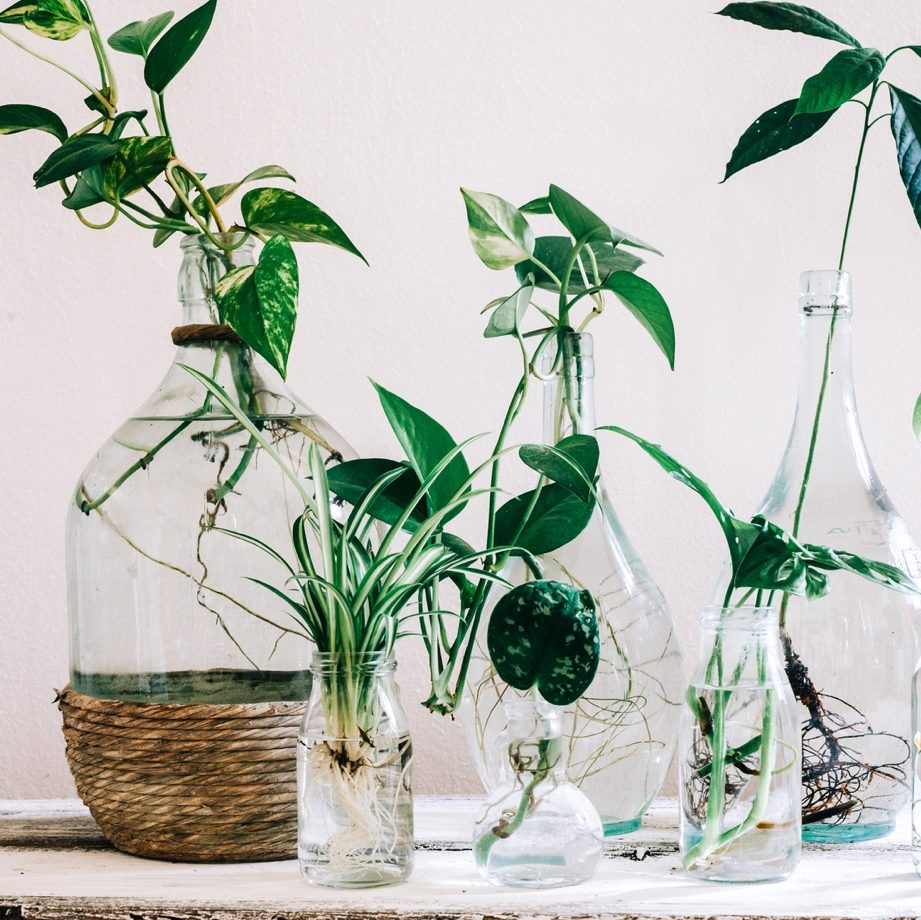Refuse, reduce, reuse, recycle, and rot — the new tenets of a low-waste lifestyle.
Our current recycling systems were never designed to support overconsumption. They were meant to help lessen our waste problem while finding innovative ways to tackle the plastic crisis.
After all, we produce around 2 billion metric tons of municipal solid waste annually throughout the world. And experts from the world bank estimated that our waste will increase to 3.4 billion tons by 2050. That’s a lot of trash to deal with.
Many of us learned at a young age three major principles when it comes to living a green lifestyle — reduce, reuse, and recycle. The three r’s became an important foundation in the way we viewed the lifecycle of materials and how to decrease waste.
But these unprecedented, climate-warming times call for new rules, and many environmental advocates think it’s time to expand upon the r’s. Meet the five r’s, which build upon the original three by incorporating a circular framework that introduces two sustainable concepts popular in the zero-waste movement — refuse and rot. Adding new vocabulary to your values allows you to challenge the ways we see waste and our individual responsibility to lessen our contribution to the waste stream.
#1 — Refuse
It’s easier for people to say ‘no’ than to say ‘yes,’ something to keep in mind when you’re politely declining that plastic straw or unnecessary plastic bag at the store. Or refusing to purchase something you don’t need in the first place. When you do head to the store, make a list to keep you on track of what you are actually going to use. Even when I go thrift shopping, I always make a list of what I need so I head to the store with a mission. While we may be swayed by finding newer types of clothing or pieces we’ve never seen, I find my list to be a reassuring reminder that I’m saving money, too.

#2 — Reduce
The average American generates around 4.5 pounds of garbage every day, and only 1 pound of that trash gets recycled. Many of us live in a society with consumerism ingrained in our psyche. Whether you like it or not, you are exposed to it by television, social media, or other advertisements. As a society, we value physical items, leading to overconsumption and over-stretching our budgets.
When you actively reduce your own lifestyle, you want to make sure that it’s done through steps, not leaps. A good example of reducing your waste is by going into your own closet and looking at the number of clothes you wear. Have you ever kept pieces of clothing or items that you no longer use but still feel attached to them? Well, now is the time to let them go and sell them online! Why not make a few extra dollars while reducing your junk at home?
#3 — Reuse
The biggest step with this one is reimagining your relationship with objects. Apply a circular mindset as opposed to a linear thought process and think about how you can repurpose jars, containers, or cans into something innovative. In college, I repurposed all my salsa jars into flower pots. Using plastic cereal bags is also a great alternative to using Ziploc bags. I wrap my food in them or even use the bags to freeze my food to prevent food waste. Lastly, cutting up old egg cartons to install bird feeders at my house is a beautiful thing to do.

#4 — Recycle
Can’t figure out a way to repurpose an item? Then help turn it into a new material or object by recycling it. Whenever we participate in recycling, we are also stimulating growth for recycling jobs and the demand for more companies to design products to be recyclable.
Unfortunately, more than half of Americans don’t know how to recycle properly. According to Waste Management, 500 pounds of every 2,000 pounds of recyclables they collect are not recyclable. Not only does this cause an issue for Waste Management, but it slows the process down when they are sorting out trash in the facilities.
When we participate in “wish-cycling,” we can create issues for workers and even risk damaging the equipment in recycling industries. Wish-cycling is defined as the intent to recycle an item that you would assume is recyclable when in reality it’s contaminated and can no longer be recycled. An infamous example of wish-cycling is putting pizza boxes that have grease stains in the recycling bin. Waste Management advises people to always recycle all bottles, cans, and paper while also making sure each item is clean and dry.
Plastic is one of the most challenging materials to recycle due to its unique numbering system. The plastic numbering system has confused consumers about how items are recycled, and the number doesn’t guarantee the item will be accepted in your specific community. Most local recycling utilities clearly spell out what they can and cannot recycle, so educate yourself on what is accepted in your area before loading up the recycling bin.
#5 — Rot
Food waste is a major issue in most households. Composting is a way to tackle food waste issues from industry to the local level in our homes. Many foods don’t last long and end up rotting in our fridges. A simple way to do something positive with what otherwise is wasted is adding it to our compost (to learn more, read “A Newbie’s Guide to Composting”). Compostable materials include organic produce like vegetables, fruits, and eggshells. A recent study found that when you allow food to rot in compost it reduces methane emissions and the need for chemical fertilizers, and enriches soil!

Shop Pillows
The Essential Organic Pillow Collection
Gentle, breathable, non-toxic support.






